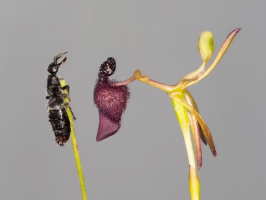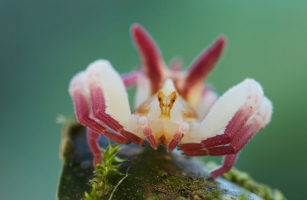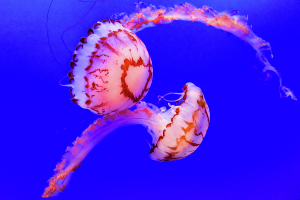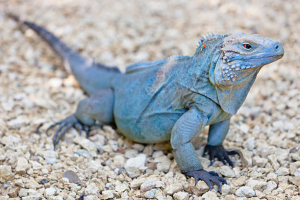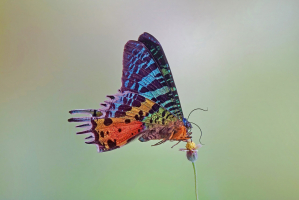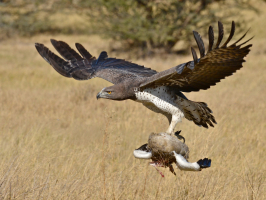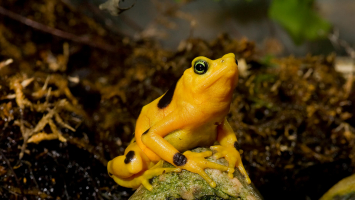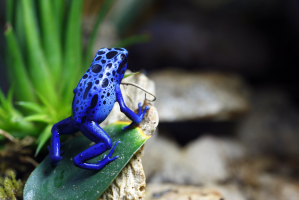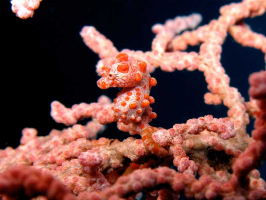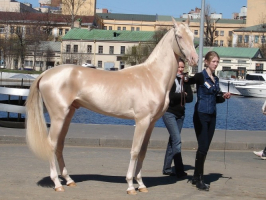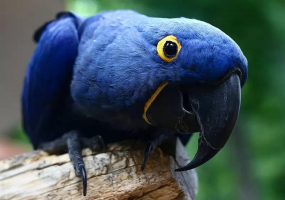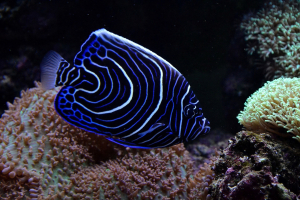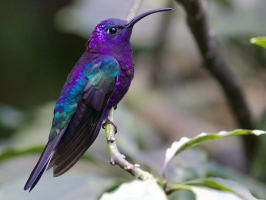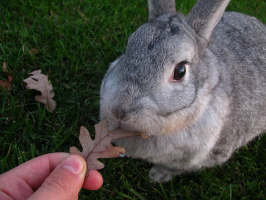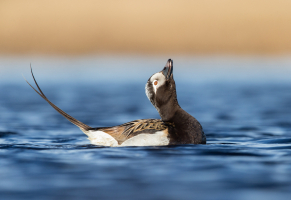Top 10 World's Most Beautiful Animals
Beauty is in the eye of the beholder, but it’s a good bet that most people would consider the following animals some of the fairest of them all. Of course, the ... read more...majority of the time an animal's beauty evolved for purposes other than pleasing the human eye, such as camouflage, warning, or increasing the animal's appeal to the opposing sex. Beauty has two opposing sides. The same looks that drive people to wish to save an animal from extinction were probably the reason why the animal needed to be saved in the first place because they sparked a desire to display its head, fur, or feathers on a wall. Here is a list of the most beautiful animals in the world, let's find out!
-
Scarlet Macaws (Ara Macao) are exotic birds inhabiting the rainforests of South America. They are a member of the Psittacidae bird family, one of the three varieties of real parrots. Their rich colors, including orange, royal blue, flaming red, green grass, and dazzling yellow, contribute to their beauty. Although many people keep macaws as pets, the Ara Macao is a species that needs to be cared for in its native habitat.
Macaws are medium-sized birds, but when they expand their huge wings, they draw a lot of attention. They are highly gregarious birds who enjoy remaining in groups but are arguably most stunning in flight. Observing a flock of macaws flying is amazing. It looks like a drawing of a rainbow in the sky, partly why they are one of the 10 most beautiful animals in the world.
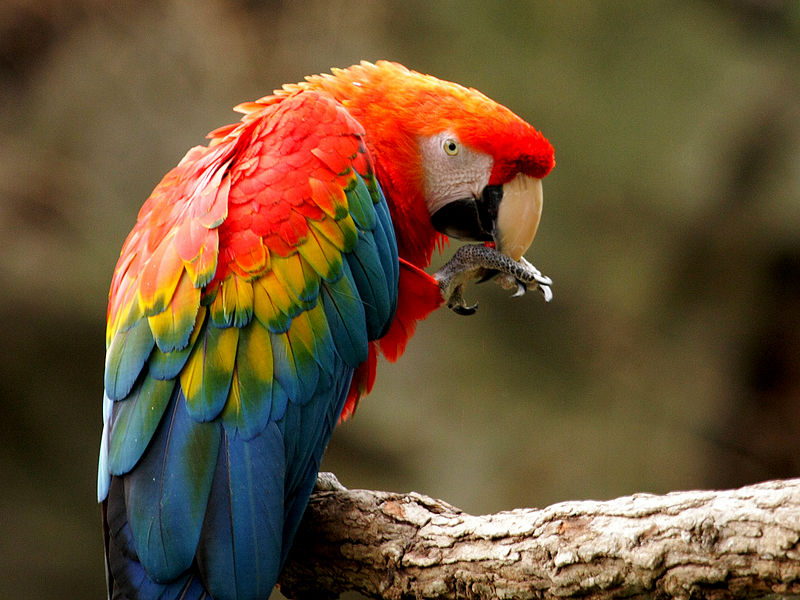
Via: Wikipedia 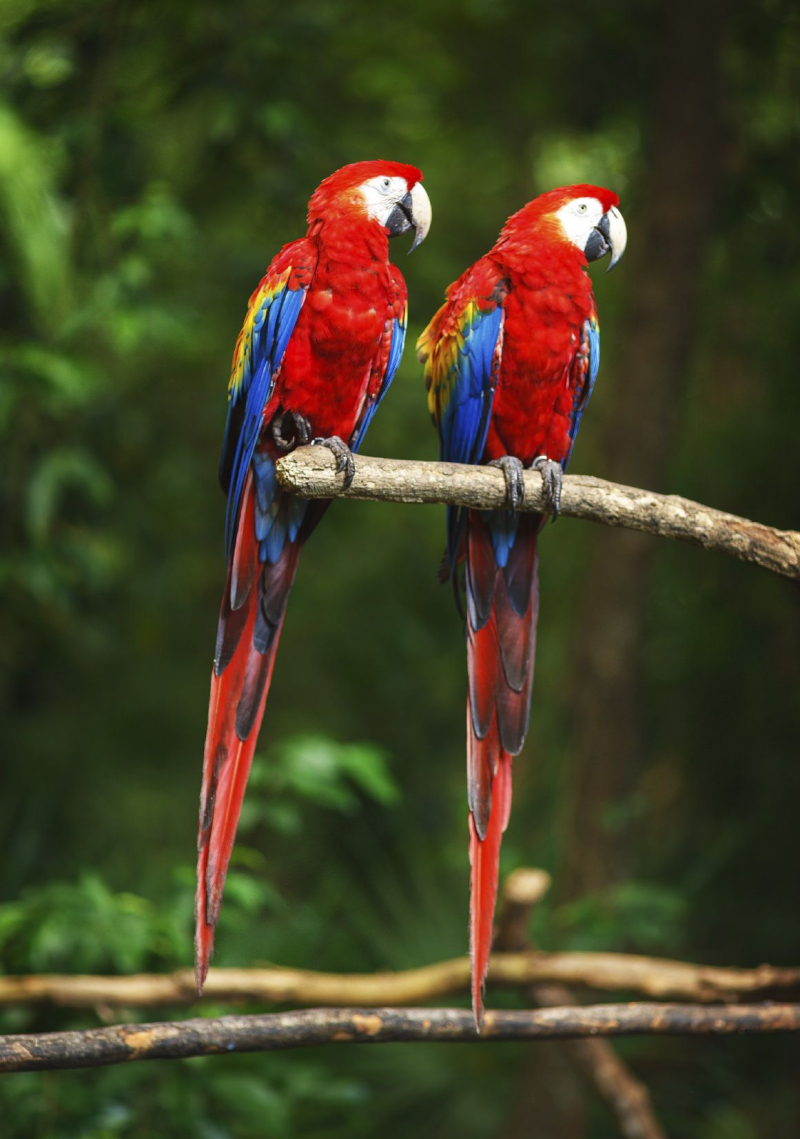
Via: Pinterest -
The White Bengal tiger is without a doubt one of the most well-liked creatures on the planet. They are seen as a representation of majesty and power. Anyone who sees this monster will be left speechless by its regal appearance. It is not unexpected that numerous Greek, Persian, and Chinese legends choose the tiger as their major protagonist.
Any person who looks at them is mesmerized by the mystery and magic in their appearance. Some Bengal tigers have genetic abnormalities that cause them to be born white. Despite belonging to the same species, they lack the pigmentation that gives their coats their characteristic orange color due to a genetic abnormality. Leucism, a different genetic disorder, is to blame here instead of albinism. Since rarity often makes an animal even more beautiful, so it is the White Bengal tiger that makes the list.
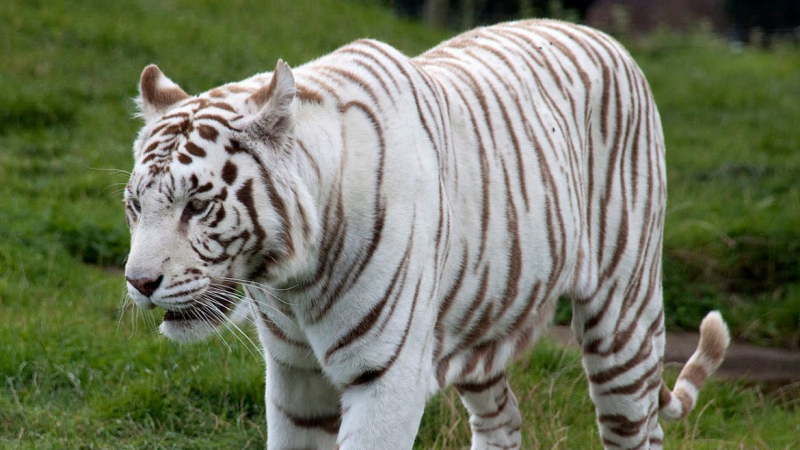
Via: Wikipedia 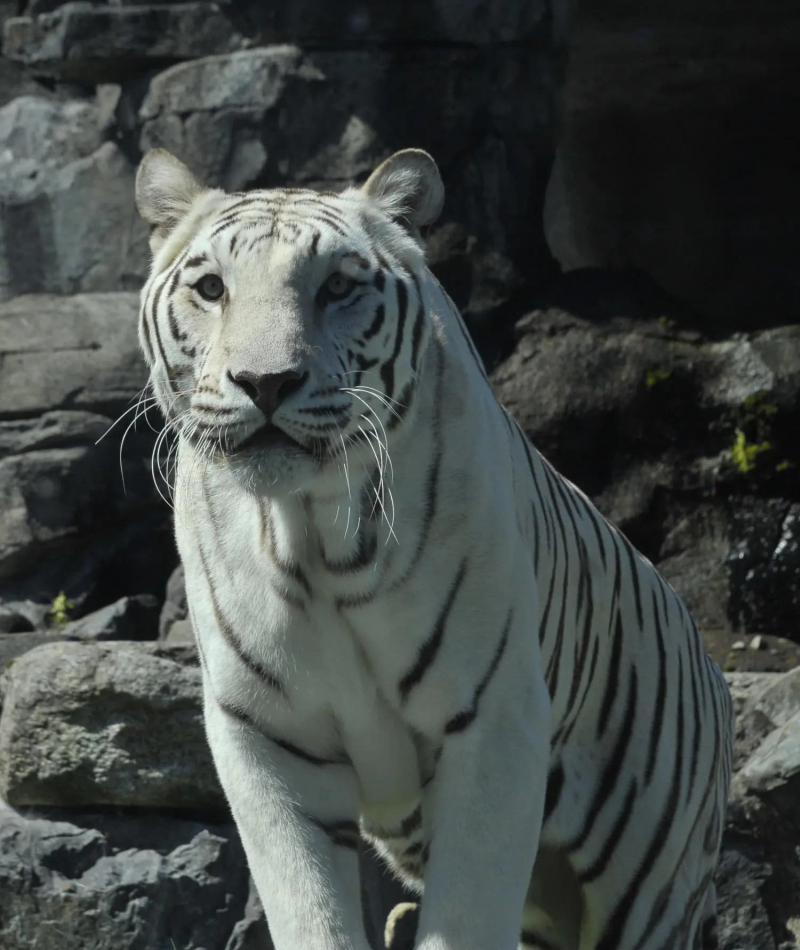
Via: Medium -
The Mute swan (Cygnus olor), a species of swan and a waterfowl, belongs to the Anatidae family. It is native to a large portion of Europe and (rarely) the far north of Africa. With lesser imports in Australasia and southern Africa, it is an imported species with the highest populations outside of its native area in North America. Because it is less vociferous than other swan species, it gets the nickname "mute".
Mute swans become a symbol of beauty and grace as they mature and evolve. Most people associate watching a swan with feelings of elegance and beauty. They strike people with their beauty, and it is obvious that they belong among the most beautiful creatures on the planet.
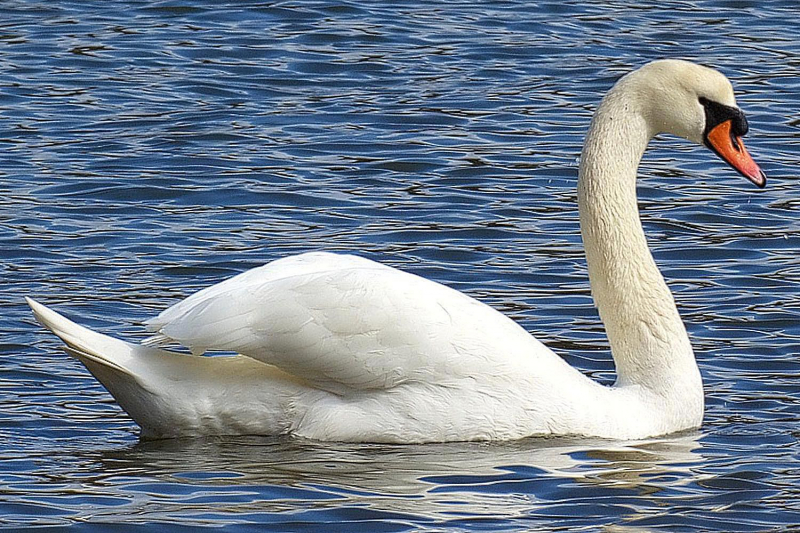
Via: The Spruce 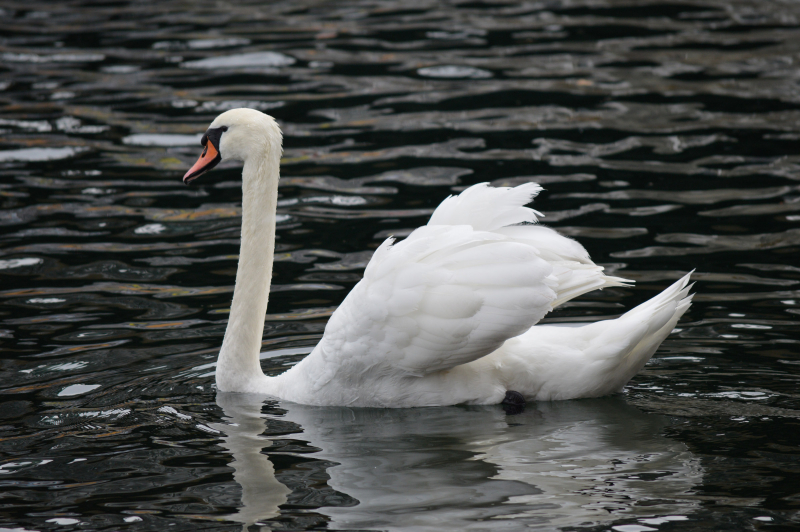
Via: iStock -
Contrary to popular belief, White peacocks are not albinos but rather a color mutation of the Indian blue peacock. Pigment and structure are what cause the White Peacock's feathers to be colorless. The odd lack of color in White Peacocks is caused by a pigment that is absent. Dark and obstructive pigment makes up the lacking pigment. After Indian Blue Peacocks, these are the Peacocks that are most in-demand in the UK. In India, white peacocks can be found in the wild. They were the first color mutation to be recognized. The eyes of the birds, which are totally white, are blue. The ocelli on the White Peacock's tail have a very faint discoloration.
The white plumage of the peacock is as white as snow and resembles a painting, making it incredibly distinctive. This bird is a true supermodel, constantly posing, flaunting its beauty, and strutting its stuff in front of everyone. They are not only among the most attractive creatures, but they are also among the most fascinating due to their unusual approach to mating rituals.
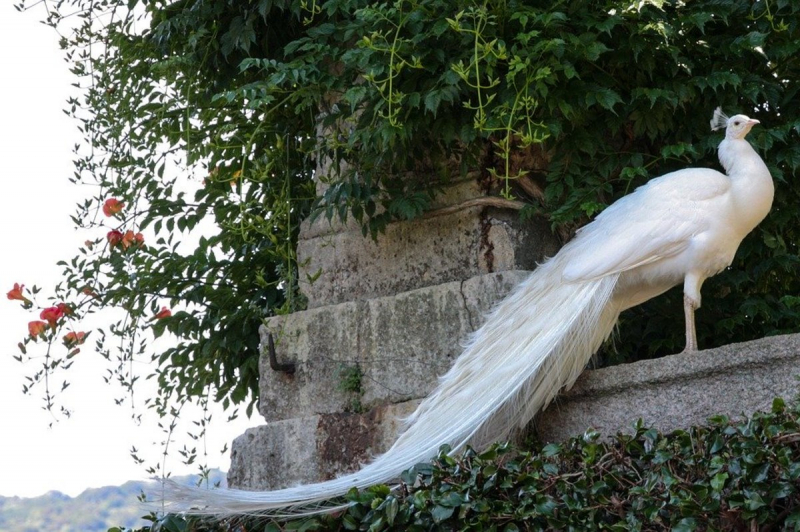
Via: Owlcation 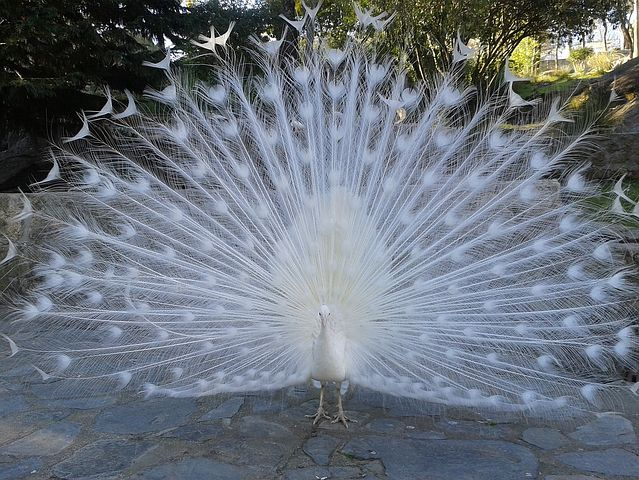
Via: iStock -
The Common bottlenose dolphin or Atlantic bottlenose dolphin (Tursiops truncatus) is a wide-ranging marine mammal of the family Delphinidae. Due to the extensive exposure, it receives in captivity in marine parks and dolphinaria, as well as in films and television shows, the common bottlenose dolphin is a highly well-known dolphin species. The beaked dolphins of this species are the largest. It inhabits temperate and tropical oceans throughout the world and is absent only from polar waters. Although traditionally used only to refer to the bottlenose dolphin, this name is now used to refer to all members of the genus Tursiops. All around the planet, these dolphins live in warm and temperate waters.
A dolphin's appeal extends beyond its attractive exterior. Dolphins have long been loved by humans, who have long relished their company. Dolphins stand for happiness, freedom, and spontaneity in such a structured environment. Your attitude quickly lifts when you witness a dolphin, or better yet, a pod of dolphins swimming and surfing the waves. Dolphins are among the coolest marine animals because they appear to be smiling all the time.

Via: Wikipedia 
Via: Dolphins World -
The Mandarinfish is one of the many aquatic beauties found in the world's waters. It sticks out due to its unique flamboyant magnificence. It appears to have an internal light because of its electric look, which causes it to shine. One of the aquatic critters that underwater photographers look for the most is this fish. The mandarin fish is native to the Pacific, ranging approximately from the Ryukyu Islands south to Australia. It can usually be found in some of the warmer waters.
The mandarin fish, while producing its own light, is extremely shy and prefers to show up at night when it goes out to mate. Because of their resemblance to mythical Chinese dragons, they are often used to refer to Mandarin culture. They are undoubtedly among the most graceful animals in the world when you watch them swimming.
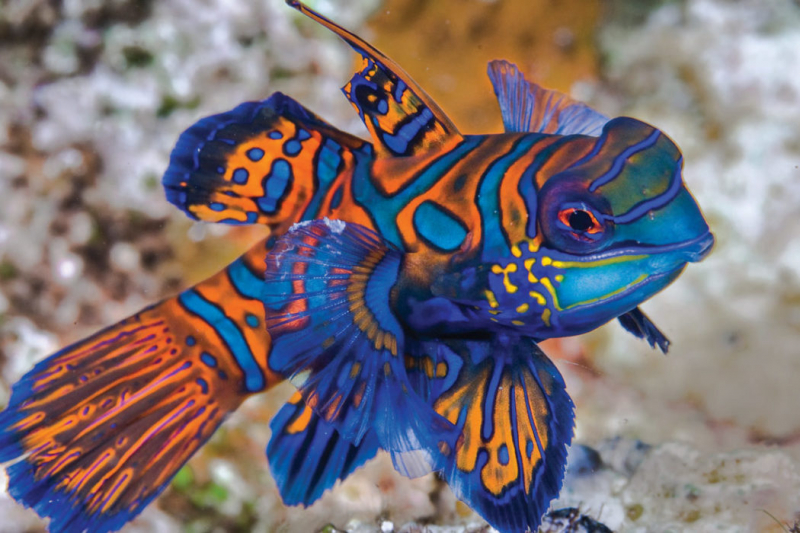
Via: Pinterest 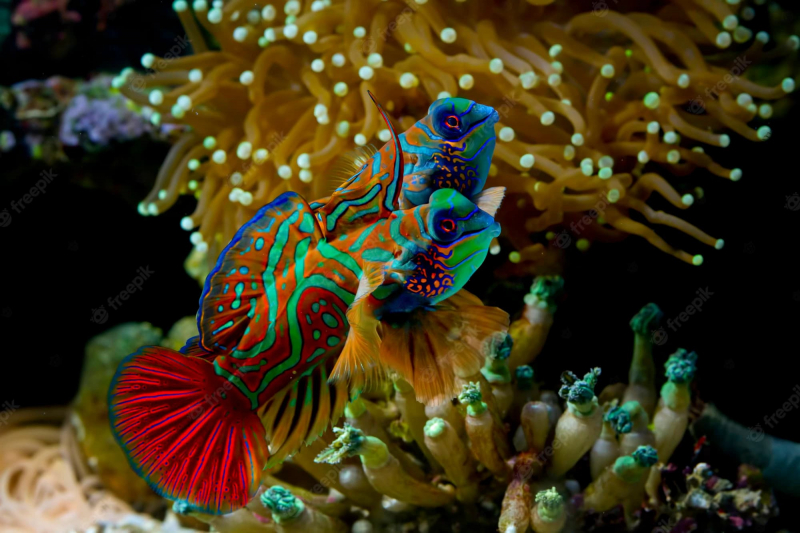
Via: The Scientist Magazine -
The Chameleon or chamaeleons (family Chamaeleonidae) is a distinctive and highly specialized clade of Old World lizards with 202 species described as of June 2015. The members of this family are mostly known for their distinct range of colors as they are able to shift in different hues and brightness. Chameleons can change color because they have pigment cells in their skin called 'chromatophores' that allow them to blend in with the environment, changing tone every time they want to hide from a predator or dress up for courtship rituals.
Their capacity to change color varies widely because of the great number of species in their family. Some people notice it more as a change in brightness (brown hues), while others notice a wide variety of color combinations (reds, yellows, greens, and blues). They inhabit warm environments that can range from rainforest to desert, and several species can be found in southern Europe, Africa, Madagascar, and southern Asia all the way to Sri Lanka. They have already been established in Florida, California, and Hawaii.
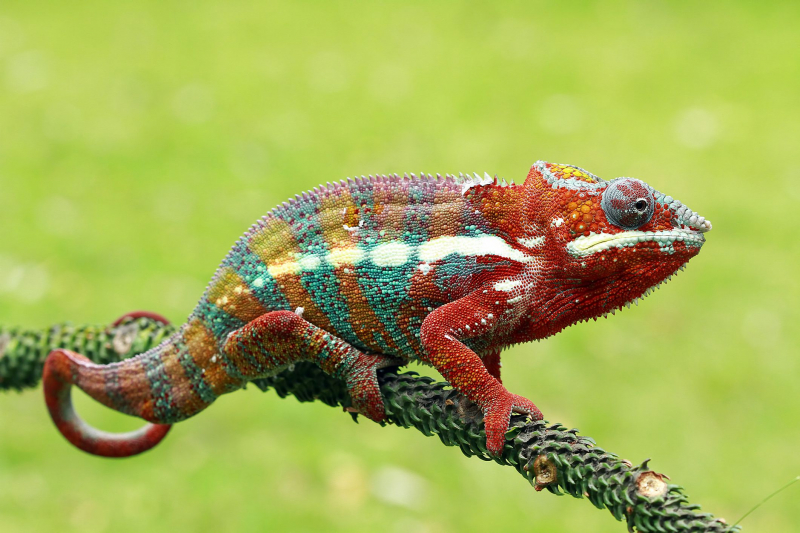
Via: ThoughtCo 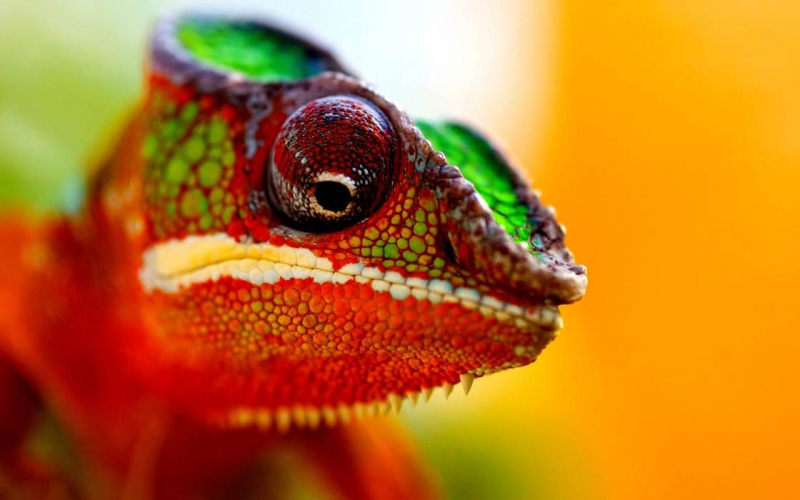
Via: DinoAnimals.com -
The Friesian (also Frizian) is a horse breed originating in Friesland, in the Netherlands. Ancestors of Friesian horses are thought to have been in high demand as battle horses throughout continental Europe throughout the Middle Ages. Their size allowed them to transport an armored knight during the Early and High Middle Ages. In the Late Middle Ages, it was necessary to have heavier, draught-type animals. Despite multiple occasions when the breed was on the verge of extinction, the Friesian horse is now increasingly prevalent and utilized both in harness and under saddle.
The majestic and graceful Friesian horse is a magnificent animal. Despite having a shape similar to a light draught horse, Friesians are graceful and agile for a horse of their size. These impressive animals, which are all one hue, transport you to fantastic and unconquerable lands in many people's minds. Most recently, the breed is being introduced to the field of dressage.
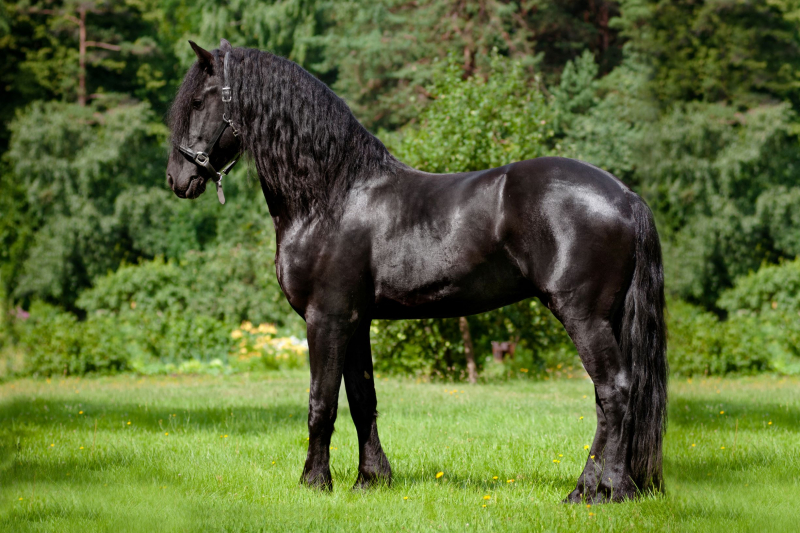
Via: Horse Racing Sense 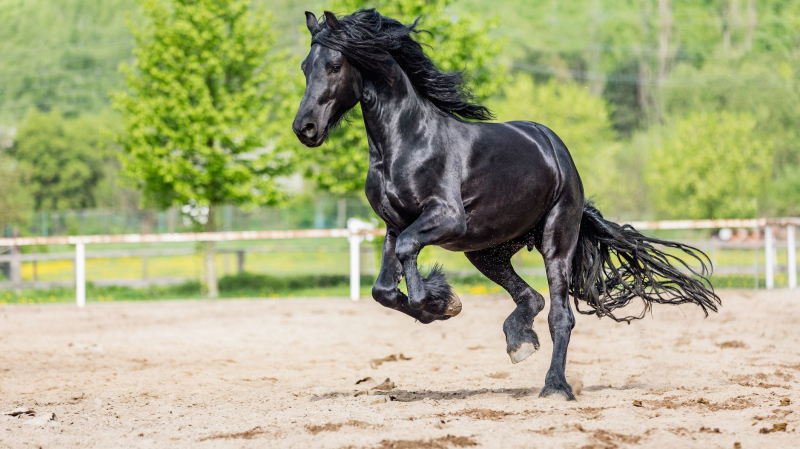
Via: The Spruce Pets -
The Glasswinged butterfly's (Greta oto) name suggests that its wings are transparent. In Spanish-speaking regions, it may also be referred to as espejitos, meaning "little mirrors" because of its transparent wings. The butterfly is mainly found in the Central and northern regions of South America with sightings as far north as Texas and as far south as Chile. It is extremely tough for predators like birds and reptiles to capture them because of their transparent wings. In reality, the reddish-brown border around its wings makes them noticeable but difficult to see. Additionally, great oto butterflies go far, to Florida. They primarily eat lantanas, a common flower.
These butterfly species mate polygynously, with males attempting to obtain one or more female mates per breeding season. During lekking, male glasswing butterflies emit pheromones to entice females. The pyrrolizidine alkaloids obtained by the butterflies through their diet of Asteraceae plant species are what are used to make the pheromones. Additionally, it is unclear that the pheromone is employed to differentiate between species because the method by which the pheromone is produced is not only taken from butterflies and moths themselves but also from plants, as with the glasswing butterfly.
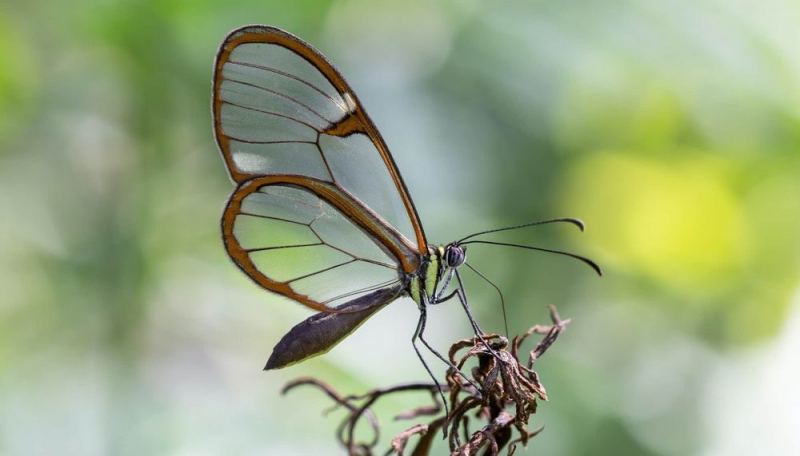
Via: Istock 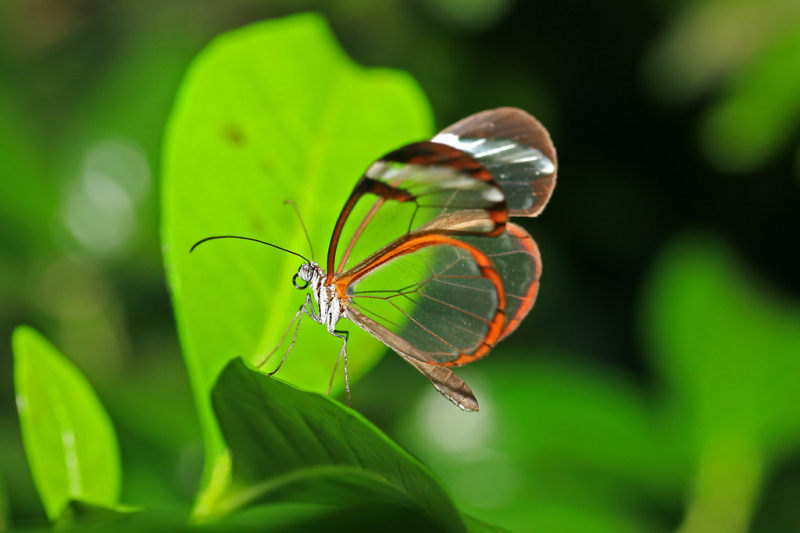
Via: TwistedSifter -
The Mandarin duck (Aix galericulata) is a perching duck species native to the East Palearctic. With a length of 41–49 cm (16–19 in) and a wingspan of 65–75 cm (26–30 in), it is of medium size. The only other bird in the genus Aix, the North American wood duck, is closely related to it. Aristotle used the Ancient Greek word "Aix" to describe an unidentified diving bird, while the Latin word "galericulata", which refers to a wig, comes from the Latin word galerum, which also means cap or bonnet. The mandarin duck has a sizable introduced population outside of its original area in the British Isles and Western Europe, with minor incursions in North America.
Mandarin ducks have sexual dimorphism, which causes men and females to have different appearances. Mandarin ducks have brightly striped feathers on the males, while the females are brown with white patches. The males employ their colorful attention-getters to entice a mate. He loses his come-hither feathers, though, as summer arrives.
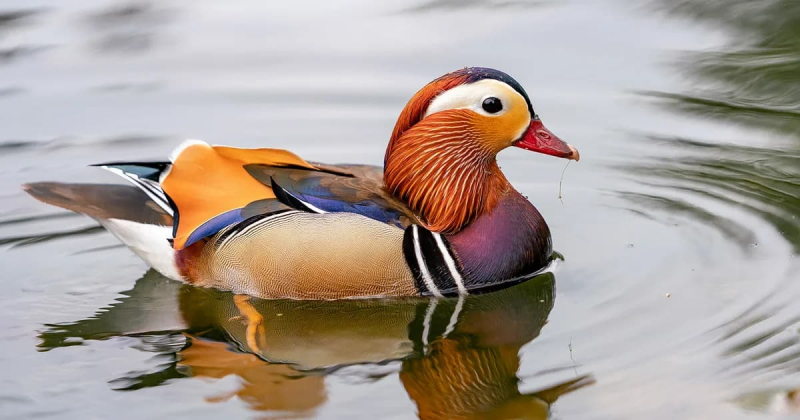
Via: Bird Fact 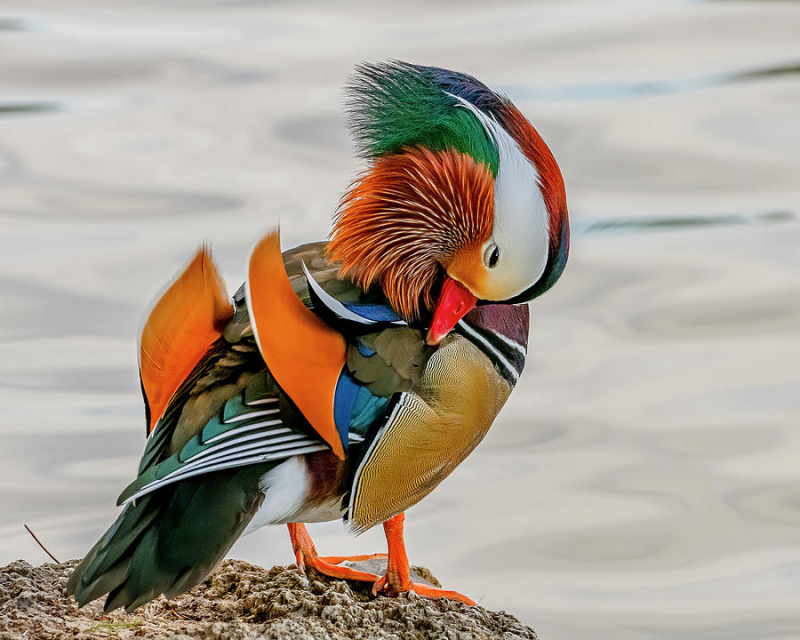
Via: Morris Finkelstein












